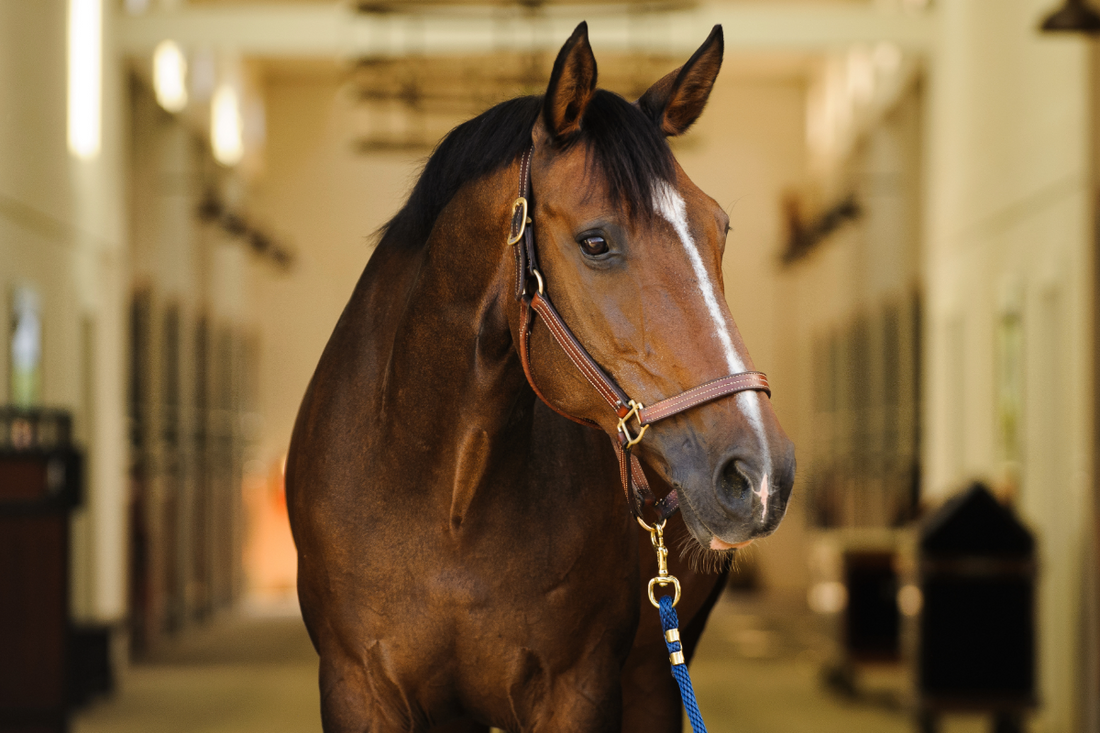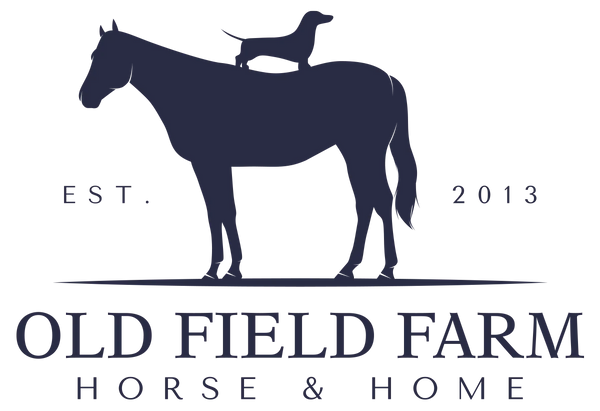
Finding the Perfect Fit: A Guide to Purchasing the Right Halter for Your Horse
Share
A well-fitting halter is a must-have in any barn. Halters are the probably the most used item in the barn other than a pitch fork. They are used every single day for daily tasks like turning out or tacking up, and even training. A properly fitted halter prevents rubbing, slipping, and pressure points. Too tight and you risk discomfort or even sores, too loose and it could slide off or become a hazard.
If you’ve ever found yourself staring at a wall of halters in different sizes, styles, and materials, you’re not alone. Here’s your friendly guide to choosing a halter that fits well, lasts long, and keeps your horse happy.

Basic Fit Checklist
When trying on a new halter, here’s what to look for:
Noseband: Sits about halfway between the horse’s eyes and nose. You should be able to fit two fingers comfortably underneath. Avoid having it too low near the nose or too high. While we love the relaxed demeanor of the beautiful bay horse in our opening blog photo, he or she might benefit from having the noseband a hole or two higher.
Cheekpieces: Should be snug enough to prevent the halter from shifting but not tight against the face. If the halter slides when the horse turns its head or grazes, it’s too loose.
Throatlatch: Should allow room for movement but not so much that the halter could slip off over the ears. A good rule is to fit three to four fingers between the strap and the horse’s jaw.
Crownpiece: Sits just behind the ears and rests comfortably without pinching. Most halters have adjustable crownpieces to fit your horse’s head shape.
Types of Halters
Not all halters are created equal. Here's a quick breakdown to help you choose what’s best for your needs:
- Breakaway Halters include a leather piece that allows them to release or break under pressure, helping to prevent injury if a horse gets caught or panics while tied or turned out. They are nylon that come in a variety of colors.
-
Leather Halters offer a classic look and are a popular choice for both every day use and showing.
- Rope Halters are lightweight and great for training, but they don’t always offer the same level of adjustability or comfort as other types. Certain rope halters are not appropriate for cross tying.
- Shipping Halters are wrapped in fluffy fleece to ensure total comfort for your horse during trailer rides.
- Hybrid Halters combine leather and rope duo noseband that offers a practical control effect when used with the sliding ring.
Pro Tips
Always try it on first if you can
Just like boots or breeches, not all halters fit every horse the same way. Trying one on ensures the best fit, especially if your horse has a unique head shape.
Look for quality hardware
Durable buckles and clips are important for the longevity of the halter and for looks!
Check your halter regularly
Even a good fit can become uncomfortable if the halter gets stiff, stretched, or damaged over time. Check for fraying, rusted hardware, or worn-out leather.
Make It Personal
Personalize your halter with a nameplate or a brass tag to make it your own. It adds a nice personal touch and prevents unexpected mixups. Some riders even match their halters with lead ropes, grooming kits, or saddle pads for a coordinated look.
A good halter makes everyday barn life smoother and safer. By choosing one that fits well and suits your horse's lifestyle, you’re setting the stage for comfort, confidence, and care every time you clip on a lead rope.



